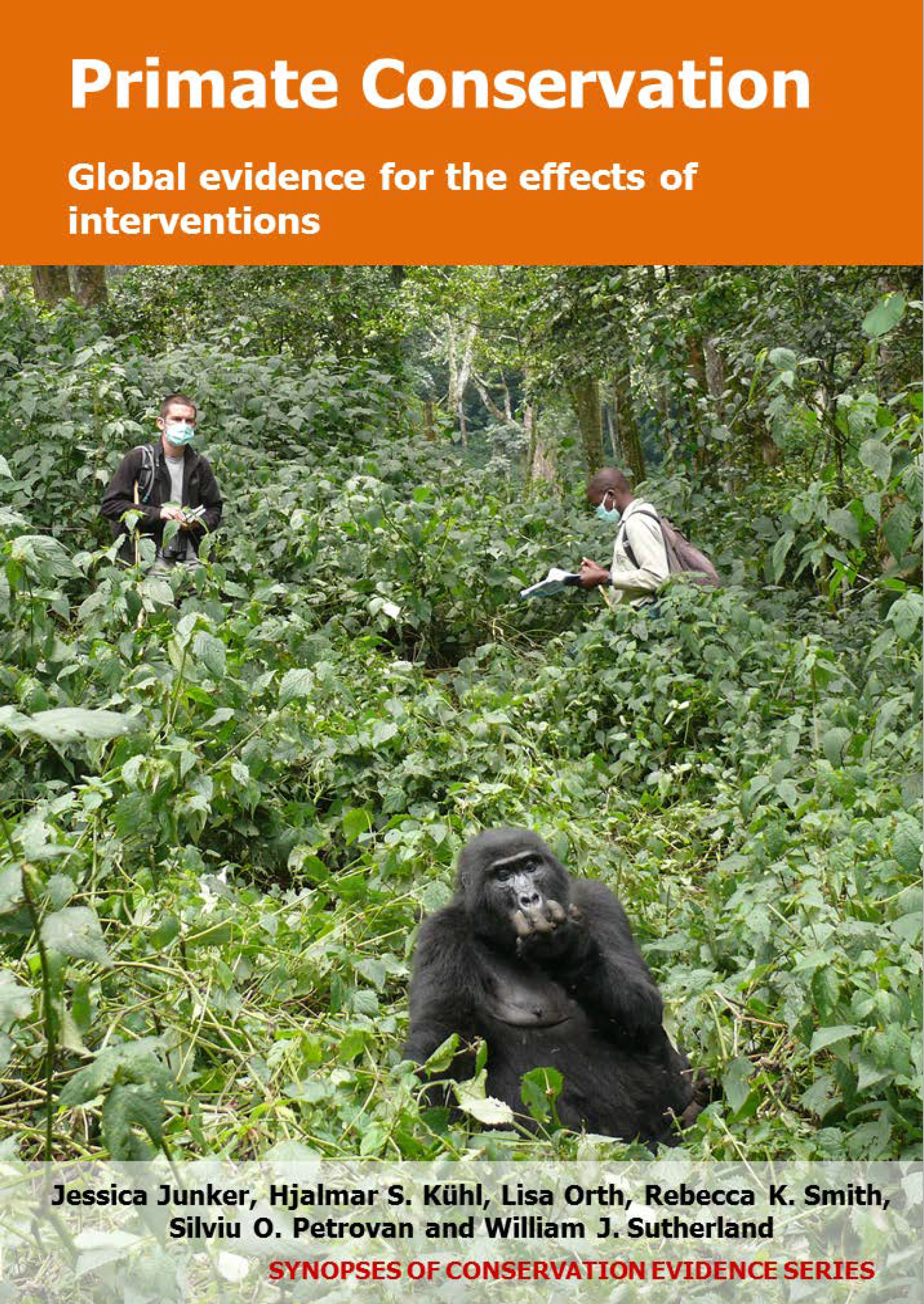Translocate (capture & release) wild primates from abundant population areas to non-inhabited environments
-
Overall effectiveness category Unknown effectiveness (limited evidence)
-
Number of studies: 1
View assessment score
Hide assessment score
How is the evidence assessed?
-
Effectiveness
50% -
Certainty
20% -
Harms
0%
Study locations
Supporting evidence from individual studies
A replicated study in 1992–1993 in tropical forest at Cockscomb Basin Wildlife Sanctuary (CWSB), Belize found that the majority of wild black howler monkeys Alouatta pigra captured and translocated to a site with no resident howlers along with other interventions, survived for at least ten months and reproduced. Twelve (86%) out of 14 reintroduced monkeys survived for at least ten months after release. One male and one juvenile disappeared two months post-release. Two infants were born in two of the three release groups, 3-8 months post-release. Howlers were captured at the Community Baboon Sanctuary (CBS), 100 km north of the CWSB. Tree species diversity overlapped by 60% between both locations. Prior to release, monkeys underwent veterinary screens. Three groups were released into habitat without resident howlers. They were allowed to adapt to local conditions before release. Six individuals were fitted with ball-chain radio-collars and six were implanted with radio-transmitters, but signals got lost six weeks post-release. The study does not distinguish between the effects of the different interventions mentioned above.
Study and other actions tested
Where has this evidence come from?
List of journals searched by synopsis
All the journals searched for all synopses
This Action forms part of the Action Synopsis:
Primate Conservation
Primate Conservation - Published 2017
Primate Synopsis





)_2023.JPG)














